China's spies in the US 中共在美国的间谍情报活动
 陈凯博客: www.kaichenblog.blogspot.com Thursday, August 4, 2011 How Communist China deploys its massive population as a strategic asset 中共党朝用"中国人"向世界施压 http://www.worldtribune.com/worldtribune/WTARC/2011/lev0977_08_04.asp Lev Navrozov (Lev Navrozov emigrated from the USSR in 1972. To learn more about Mr. Navrozov's work with the Center for the Survival of Western Democracies. ) For quite a while, the strategic power of a country (or a union of countries) has been measured by the total power of its weapons as against that of their opponents. But today a correction is clearly needed to this formula. Gradually, the Western countries have realized that the population of China (PRC) amounts to 1.4 billion, and that this factor is of tremendous strategic importance. So, China can increase its army to the size unheard of in world history, while other countries do not have such population reservoir to draw upon. Weapons can be produced quickly enough. Not the people. The number of years that takes a newborn to become a qualified warrior is 18 to 23. Here in front of me is a 44-page U.S. House Report to Congress “U.S. National Security and the People’s Republic of China.” There is no mention in the Report of the shortage of people in the United States and other Western countries as compared with China. The Report is mostly about the methods by which China attempts to acquire U.S. technology for military purposes. The Report does not mention that strategically important fact that China has more than a billion people who could be used for the new kind of war. It is worthwhile to recall how Mao defined the role of the “People’s Republic of China” at the time he created and ruled it. Mao explained that, as Marx correctly concluded, communism and capitalism cannot survive on the same planet. The planet was to become communist. And this is the role of the PRC. To make communism global at the behest of Mao, who died in 1976. It is of note that not so long ago the “state of the world” was relatively peaceful (with the exclusion of two world wars, both of which initiated by Germany). Yet this otherwise peaceful mood may give way to the sense of a whole worldwreck — the apocalypse. In this respect, Mao’s putsch in China, which triumphed in 1949, may have been just the beginning of a world chaos as Mao expected it to be. Communist China’s strategy and tactics to take over the world have drastically changed since Mao’s time. No longer does its leaders openly proclaim their actual goal. Instead, they are “peacefully” transforming their society to catch up with the new technology of the Western world. The House Report exposes the ways that China employs to achieve its actual goal. China Communist Party’s official policy on military modernization states that it is devoting its resources to economic development, and that military development is subordinate to and serves that goal. But in fact this is a big lie. In 1992, the PRC stated that economic modernization was dependant not only on “advanced science and technology, but also on people armed with it.” Anything else was “empty talk.” We further find out in the Report that of interest is the so-called “16-Character Policy” implemented by the Chinese Communist Party in 1997, which exposes its overall direction and underlies the blurring of the lines between commercial entities and military and commercial interests: (1) combine the military and civil, (2) combine peace and war, (3) give priority to military products, (4) let the civil support the military, (5) fund military R&D efforts, (6) provide civilian cover for military industrial companies to acquire dual-use technology through purchase or joint-venture business dealings, and (7) modernize an industrial base that can, in time of hostility, be turned toward military production. This policy holds that military development is the object of general economic modernization and that CCP’s main aim is to support the building of modern military weapons and to support the aims of the People’s Liberation Army. The 16-Character Policy could be interpreted to mean a short-term strategy to use defense proceeds for immediate military modernization. In addition to providing funds for the purchase of U.S. and other foreign weapons systems, the PRC maintains a growing non-professional technology-collection effort and espionage. Many of the most egregious losses of U.S. technology have resulted from commercial, scientific, and academic interactions between the United States and communist China, including PRC students, scientists, researchers, and other visitors to the West. The PRC uses a variety of approaches to acquire military technology such as, e.g., illegally transferring U.S. technology from third countries; using front companies to illegally acquire technology; using commercial enterprises and other organizations as cover for technology acquisition; covertly conducting espionage by personnel from government ministries, commissions, institutes, and military industries independently of the PRC intelligence services. The last one is thought to be the major method of PRC intelligence activity in the United States. The PRC also tries to identify ethnic Chinese in the United States who have access to sensitive information and sometimes is able to enlist their cooperation in illegal technology or information transfers. The Report concludes: “The PRC’s blending of intelligence and non-intelligence assets and reliance on different collection methods presents challenges to U.S. agencies in meeting the threat. …” |






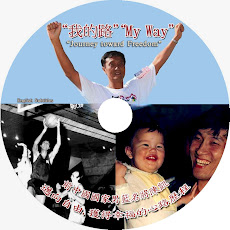







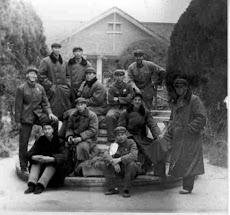

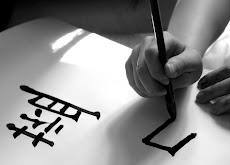
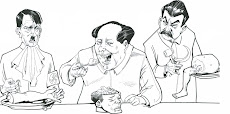
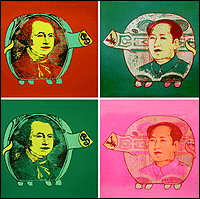
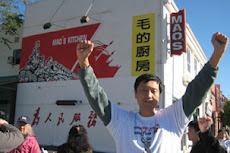













No comments:
Post a Comment